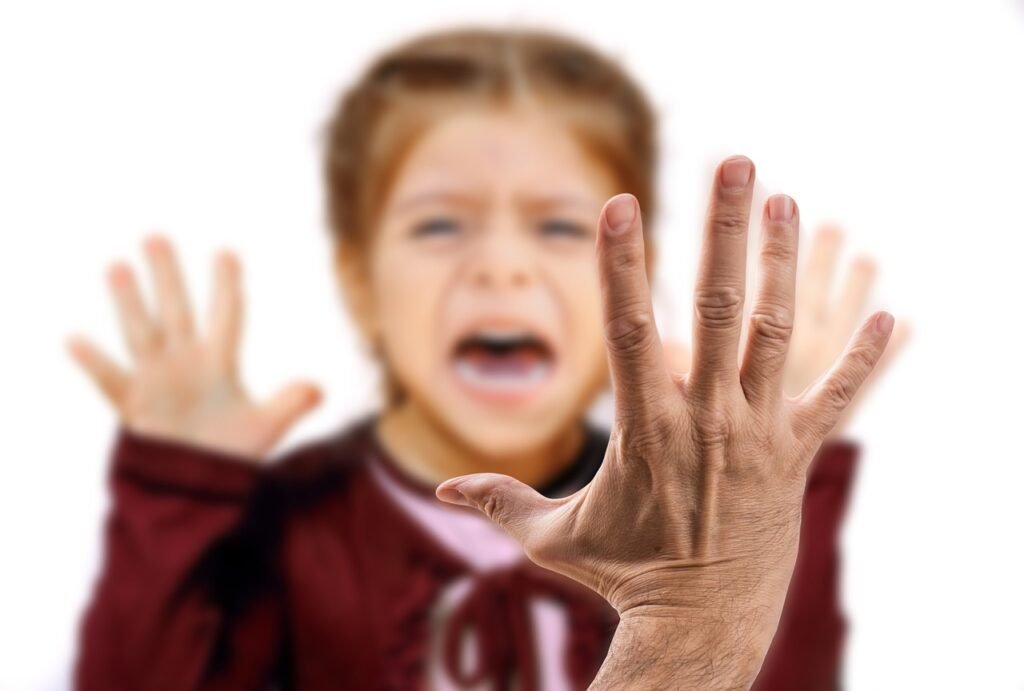Table of Contents
ToggleIntroduction:
Domestic violence Signs are a pervasive issue that affects individuals and families worldwide, transcending age, gender, socioeconomic status, and cultural background. It encompasses a range of behaviors used by one partner to exert power and control over the other, including physical, emotional, sexual, and financial abuse. While domestic violence can occur in any relationship, its impact is particularly devastating when it occurs within the family unit, where children may witness or directly experience the abuse. Recognizing and addressing signs of domestic violence Signs within the family is essential to ensure the safety and well-being of all members involved.
Understanding Domestic Violence Signs
-
Defining Domestic Violence
- Domestic violence, also known as intimate partner violence (IPV), refers to a pattern of coercive behaviors used by one partner to control another within the context of an intimate relationship.
- It can take various forms, including physical violence, emotional abuse, sexual assault, financial control, and isolation.

Read this: Fostering Resilience: The Crucial Role of Family Bonding Activities in Mental Health
-
Understanding the Dynamics of Abuse
- Domestic violence Signs is not just about physical violence; it also involves tactics such as intimidation, manipulation, and coercion.
- Abusers may use a combination of tactics to maintain power and control over their victims, often escalating the violence over time.
-
Recognizing the Cycle of Violence
- The cycle of violence typically consists of three phases: tension building, acute battering incident, and honeymoon phase.
- During the tension-building phase, tension and stress mount, leading to verbal abuse and minor acts of violence.
- The acute battering incident is characterized by a violent outburst, where the abuse reaches its peak.
- The honeymoon phase follows the incident, with the abuser expressing remorse, apologizing, and promising to change, leading the victim to believe that the abuse will not happen again.
Recognizing Signs of Domestic Violence Signs
-
Physical Signs
- Unexplained injuries such as bruises, cuts, or broken bones.
- Injuries that are inconsistent with the explanation provided.
- Frequent emergency room visits or hospitalizations.
-
Emotional and Behavioral Signs
- Fearfulness or anxiety around the abuser.
- Low self-esteem and feelings of worthlessness.
- Withdrawal from family and friends.
- Signs of depression or post-traumatic stress disorder (PTSD).
- Substance abuse as a coping mechanism.
-
Social Signs
- Isolation from family and friends.
- Unexplained absences from work or school.
- Restrictions on communication and access to resources.
-
Financial Signs
- Control over finances and resources by the abuser.
- Limited access to money or financial independence.
- Economic exploitation, such as withholding money or preventing the victim from working.
Addressing Domestic Violence SignsWithin the Family
-
Safety Planning
- Develop a safety plan to protect yourself and your children in case of an emergency.
- Identify safe places to go and people to contact for help.
- Pack an emergency bag with essential items such as identification, money, medication, and important documents.
-
Seeking Support
- Reach out to trusted friends, family members, or neighbors for support.
- Contact local domestic violence Signs hotlines or shelters for assistance and resources.
- Seek counseling or therapy to process the trauma and develop coping strategies.
-
Legal Protection
- Consider obtaining a restraining order or protective order against the abuser.
- Consult with a lawyer to understand your legal rights and options for seeking justice.
-
Child Protection
- Prioritize the safety and well-being of children by removing them from abusive situations.
- Seek legal assistance to establish custody and visitation arrangements that protect the children from further harm.
- Provide children with age-appropriate information and support to help them understand and cope with the situation.

Recommended You: The Lifeline of Wellness: Exploring the Vital Role of Hydration
-
Empowerment and Advocacy
- Educate yourself about domestic violence and its impact on families.
- Advocate for policy changes and resources to support survivors and prevent future violence.
- Share your story to raise awareness and inspire others to seek help and support.
Supporting Survivors of Domestic Violence Signs
-
Believe and Validate
- Believe survivors when they disclose their experiences of abuse.
- Validate their feelings and experiences without judgment or blame.
-
Listen and Offer Support
- Listen actively and attentively to survivors’ concerns and needs.
- Offer emotional support and reassurance that they are not alone.
-
Respect Autonomy and Choices
- Respect survivors’ autonomy and agency in making decisions about their safety and well-being.
- Offer support and resources without pressuring them to leave or take action before they are ready.
-
Provide Practical Assistance
- Offer practical assistance such as childcare, transportation, or accompaniment to appointments.
- Help survivors access resources such as counseling, legal assistance, and financial support.

Conclusion
Recognizing and addressing signs of domestic violence within the family is crucial to breaking the cycle of abuse and ensuring the safety and well-being of survivors and their children. By understanding the dynamics of abuse, recognizing the signs of violence, and taking proactive steps to seek support and safety, individuals can empower themselves and their families to break free from the cycle of violence. Communities need to come together to support survivors, raise awareness, and advocate for policies and resources to prevent domestic violence and support those affected by it. Together, we can create a world where every family is safe, healthy, and free from violence.